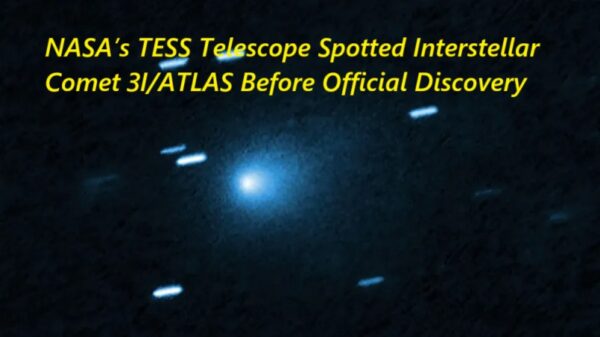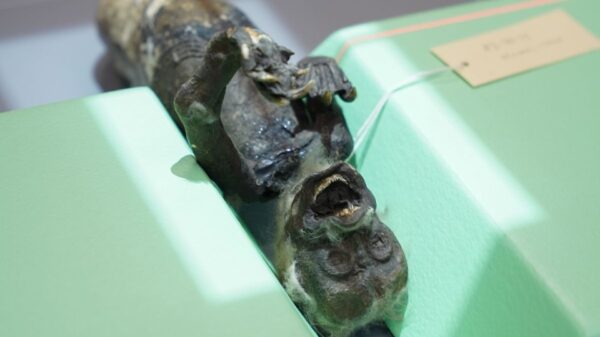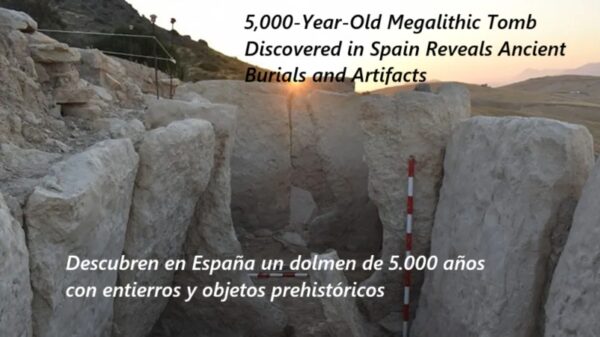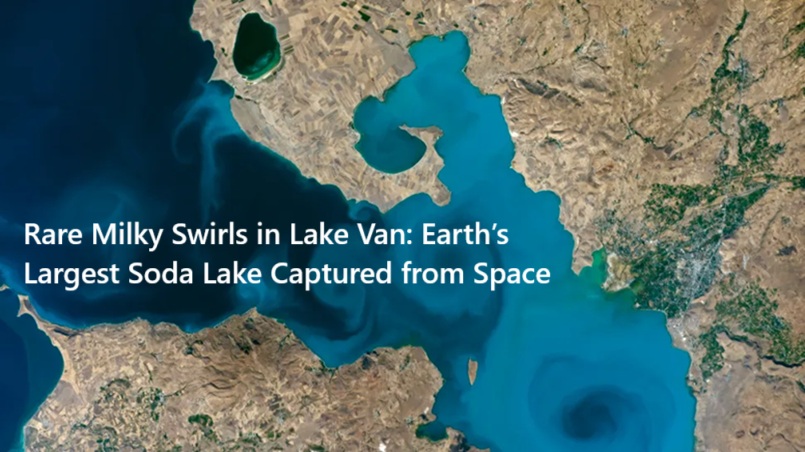Rare Milky Plumes in Lake Van: Nature’s Soda Lake Mystery Seen from Space
In 2016, NASA astronaut Kate Rubins captured a stunning image from the International Space Station of Turkey’s Lake Van — the largest alkaline lake in the world. The photo revealed extraordinary milky swirls, known as turbidity plumes, spinning through the deep blue water.
At first glance, these patterns look similar to algal blooms. But scientists discovered something different — the swirls were made mainly of calcium carbonate with traces of organic debris, stirred up from the shallow lake floor. Such plumes form naturally when sediments are disturbed by waves, currents, or even human activity.
Lake Van covers about 1,200 square miles (3,100 km²), making it larger than the U.S. state of Rhode Island. Its waters are extremely alkaline, with a pH near 10, and contain so many salts that the lake almost never freezes, even in harsh winters.
Beyond its beauty, Lake Van hosts unique microbialite structures — mineral formations created by microbes. These grow especially in spring and autumn but are not the cause of the plumes seen in the photo.
Over the last 600,000 years, the lake’s level has risen and fallen dramatically — up to 2,000 feet (600 meters) — in response to climate shifts. Today, its mysterious swirls, high alkalinity, and microbial communities continue to fascinate scientists and make it a living laboratory for studying Earth’s past and present.




























